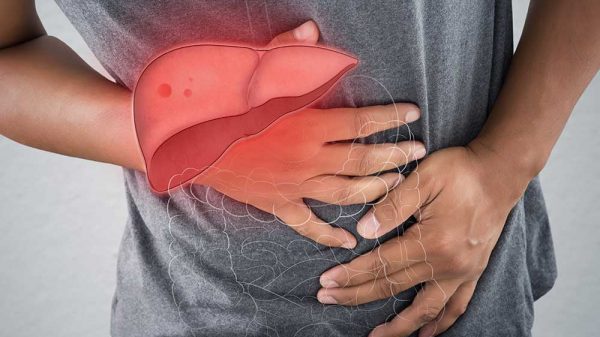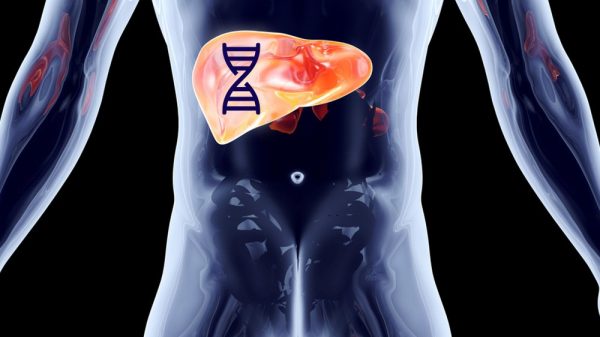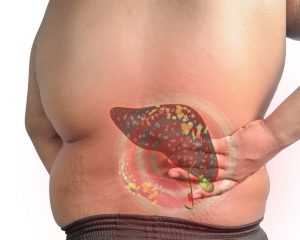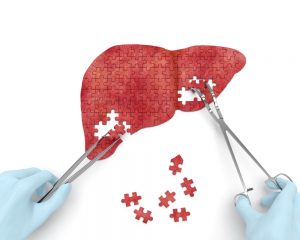How much do you know about macronodular cirrhosis? That is a specific type of liver cirrhosis or liver scarring. As the name suggests, this involves large nodules that are 3+ millimeters.
There are three types of cirrhosis related to the node sizes: macro, micro, and mixed. These are related to whether the nodes are all large/small or mixed that is helpful to understand the disease’s effects better.
What Exactly Is Liver Cirrhosis?
Cirrhosis is a serious liver disease that involves liver scarring. More specifically, the scarring is so serious that it prevents the vital organ from working properly.
The liver makes substances that can help to fight off infections and thicken the blood. It also helps to filter infections/toxins from the blood. The liver is also related to energy storage and nutrient digestion.
When the liver’s function is affected, it causes several issues including:
- Anorexia
- Nose bleeds
- Jaundice (yellow skin/eyes)
- Weakness
- Weight loss
- Itchy skin
- Spider web-shaped arteries under the skin
- Lower appetite
A doctor will check for different signs that could indicate liver cirrhosis. The treatment options based on the main cause include:
- Eliminating alcohol
- Beta-blockers
- Liver transplant
- IV antibiotics
- Blood purification
- Banding procedures
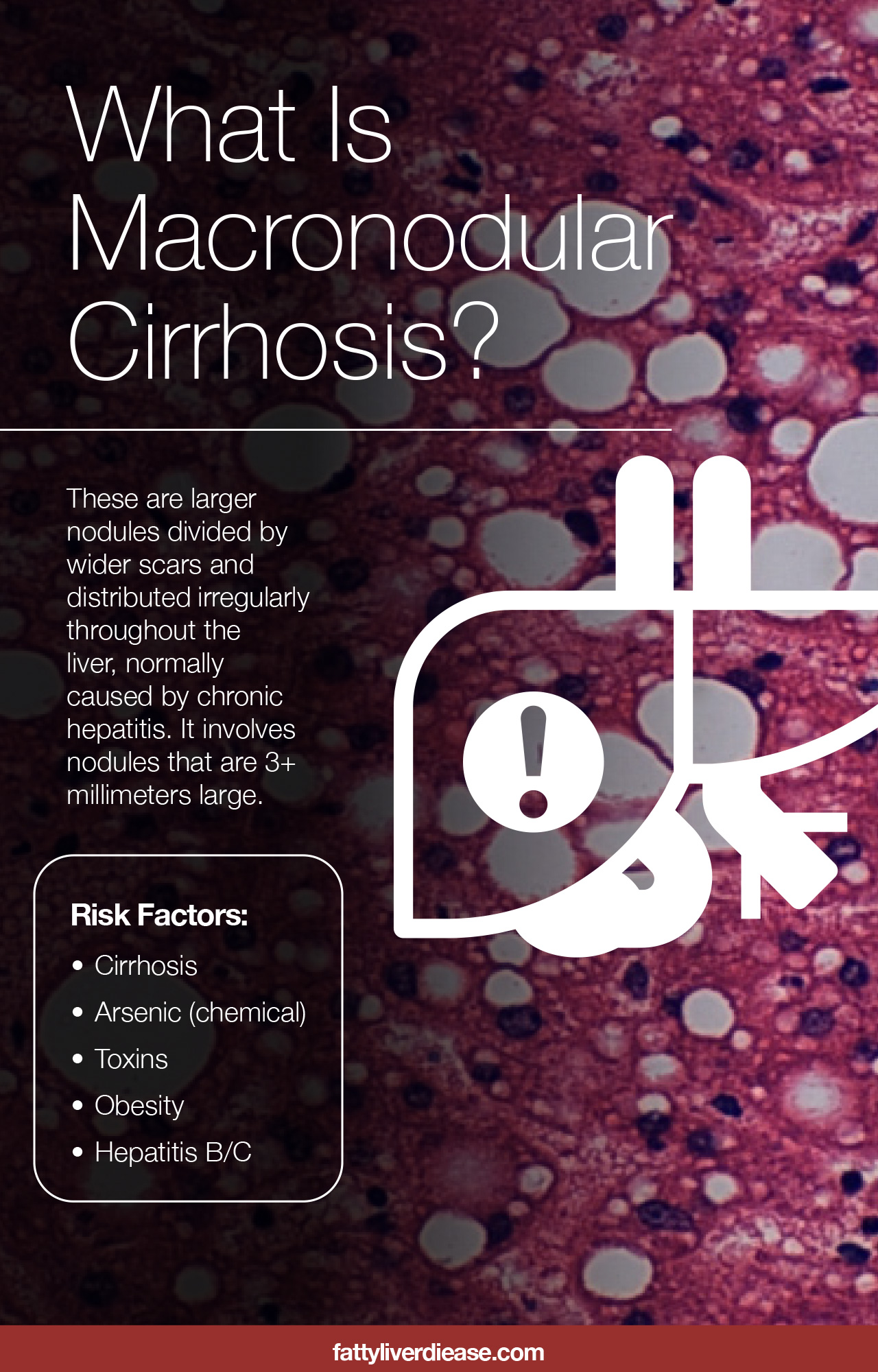
What Is Macronodular Cirrhosis?
These are larger nodules divided by wider scars and distributed irregularly throughout the liver, normally caused by chronic hepatitis. It involves nodules that are 3+ millimeters large.
What About Liver Lesion?
Liver lesions are a kind of abnormal cells that exist on the liver. They’re also known as tumors/masses. Its two main types are cancerous and non-cancerous (benign).
It’s quite common to have benign liver lesions. They don’t spread to other body parts and typically don’t result in many health conditions.
However, some liver lesions form due to cancer. These are dangerous ones because they can spread to other body parts. These are much more serious than benign lesions.
Anyone can experience liver nodules. However, certain risk factors increase the chance including:
- Cirrhosis
- Arsenic (chemical)
- Toxins
- Obesity
- Hepatitis B/C
Liver lesions (benign) don’t cause symptoms in most cases. If you do experience issues, it depends on the type of lesions you experience, which could include:
- Fullness
- Nausea
- Bloating
- Vomiting
- Yellow eyes/skin
- Fever
- Weight loss
- Feeling weak/tired
If you are diagnosed with a lesion, then the doctor will likely recommend different tests including imaging/blood tests, or biopsy. These tests are done to narrow down the possible causes like cancer and others.
The treatment will be based on the cause of liver lesions. If there are no symptoms then there’s a chance that nothing will need to be done. Meanwhile, if it’s caused problems but non-cancerous then your doctor might suggest surgery. This will remove the lesion and help to reduce symptoms.
In the case the lesion has cancer cells then different treatments might be required including:
- Transcatheter arterial chemoembolization (TACE)
- Radiofrequency ablation (RFA)
- Chemotherapy
It’s important to talk to your doctor about your treatment options.



